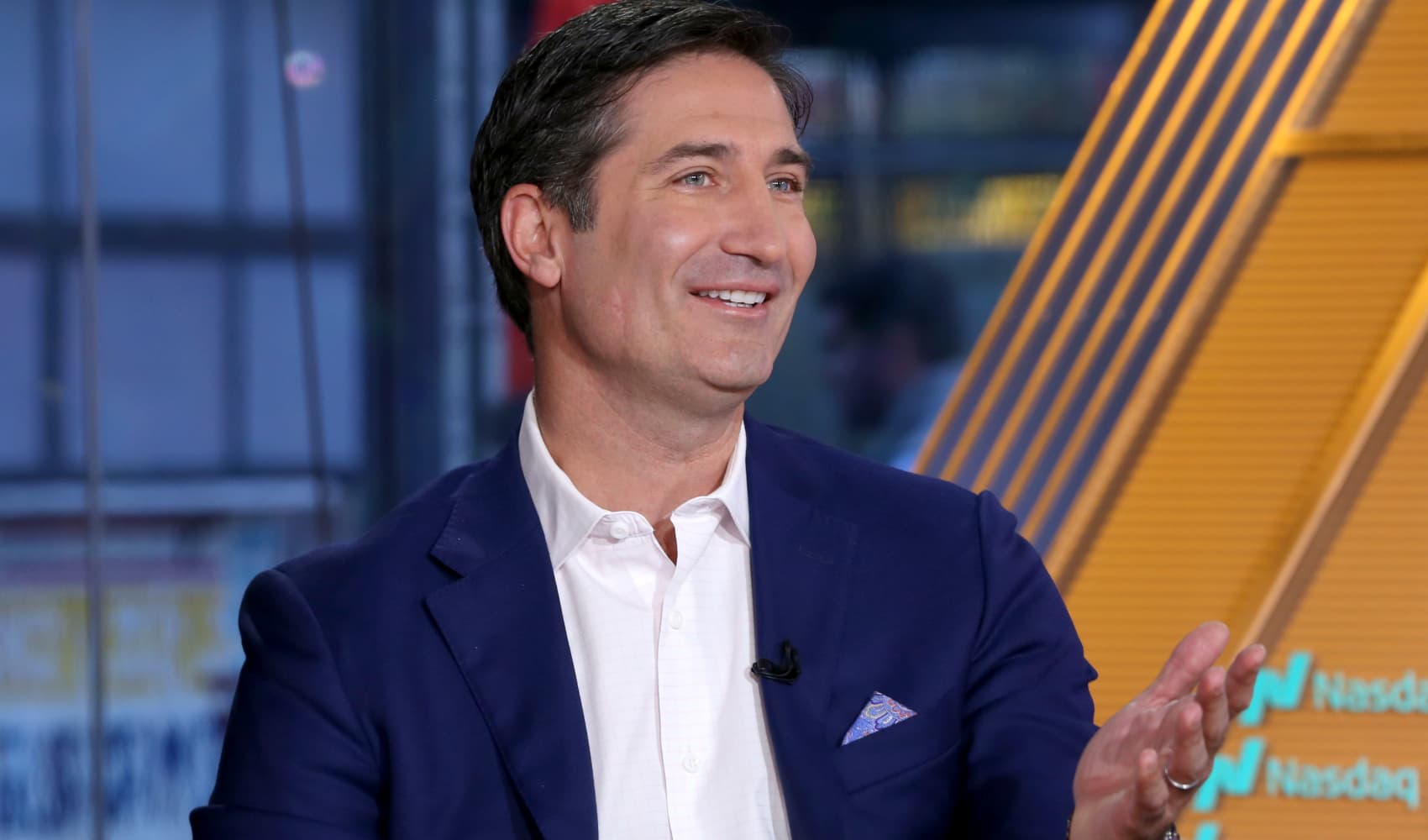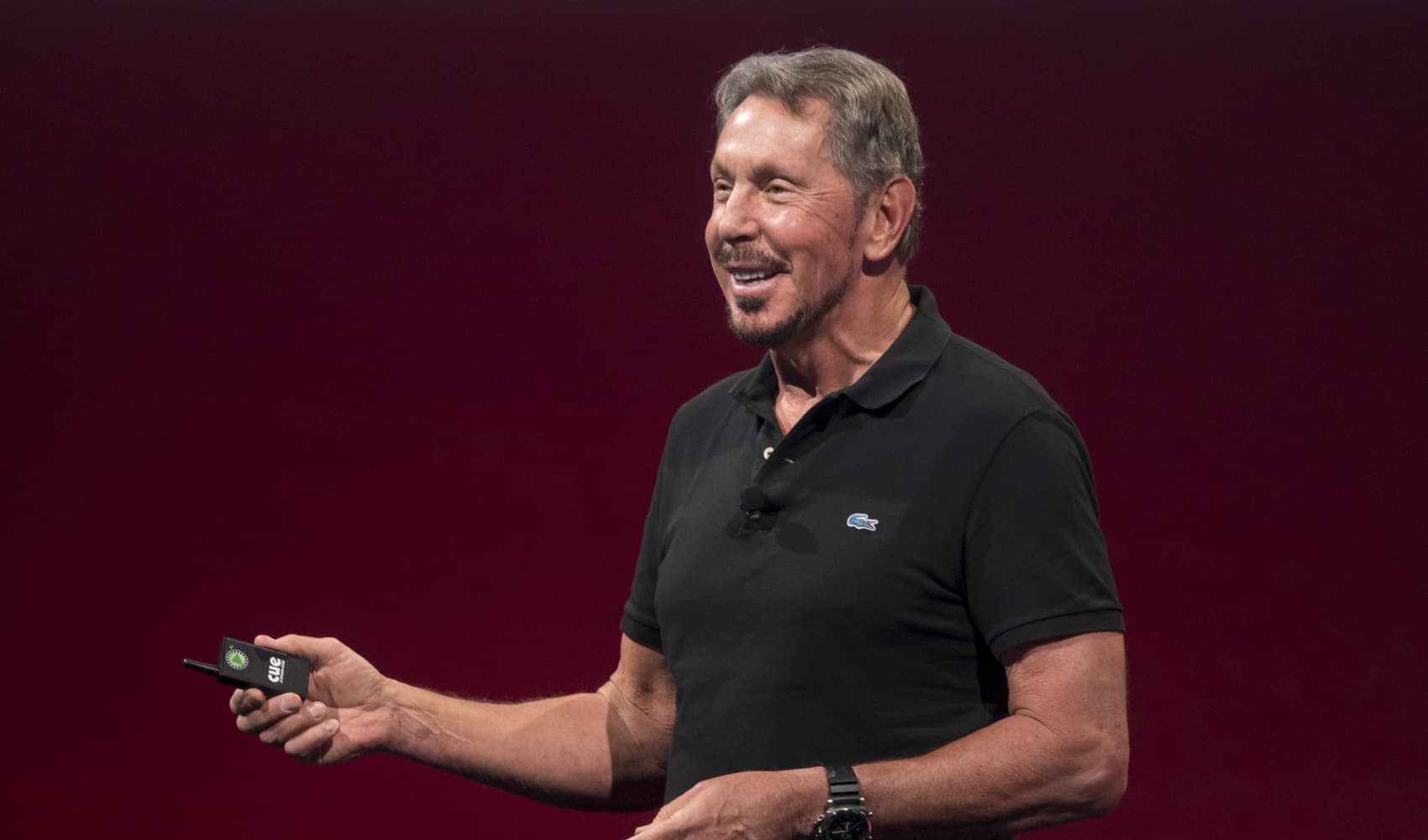
- The Biden administration is expected to move to forgive the student debt of tens of millions of borrowers as soon as October.
- These are the four groups that may benefit from partial or full debt relief if the plan survives the next round of legal challenges.
As the Biden administration prepares to forgive the student debt of tens of millions of borrowers — a move experts say could happen as soon as October — it has issued new guidance on who will most likely be eligible for the relief.
That is an important distinction from President Joe Biden's first effort at sweeping student loan cancellation. With this attempt, the U.S. Department of Education revised its forgiveness plan to be more targeted, with the hope that this aid package survives the inevitable next round of legal challenges.
The Department of Education is still working out the details of the plan, and will notify eligible borrowers soon.
"Once these rules are finalized, 30 million Americans will get to benefit and experience the life-changing impact of student debt cancellation," said Aissa Canchola Bañez, policy director at the Student Borrower Protection Center.
These are the four groups that stand to benefit from partial or full debt relief if the plan survives the next round of lawsuits.
Get Tri-state area news delivered to your inbox. Sign up for NBC New York's News Headlines newsletter.
1. Borrowers who owe more than at start of repayment
Money Report
Those who hold Direct or other Education Department-held loans and have a current balance greater than when they entered repayment may be able to get up to $20,000 forgiven, according to Department of Education guidance. The amount of relief they will receive will depend, in part, on how much their balance has grown.
More from Personal Finance:
'Underconsumption core' is in — and not a moment too soon, I say
How to cut your wedding guest list: It's 'the No. 1 way to save,' expert says
Kamala Harris' tax records reveal 'fairly basic' approach, experts say
Experts say the Department of Education will likely compare borrowers' present balance to the total principal and interest they owed when they began paying down their debt, whenever that was.
Single individuals enrolled in income-driven repayment plans who earn less than $120,000 could get the entire amount on their debt that has grown since they entered repayment, both principal and interest, erased. The income cap for married borrowers who file joint taxes is $240,000.
2. Those already eligible for relief
The Department of Education could also forgive the debt of the many borrowers who are eligible for relief but either have not enrolled in the right program or have not applied for the aid yet.
Many student loan borrowers are not aware of the relief options available to them, such as income-driven repayment plans and the Public Service Loan Forgiveness program, consumer advocates say.
3. People who have been paying for many years
If you have only undergraduate student loans and entered repayment on or before July 1, 2005, you will likely be eligible for the aid.
For those with just graduate loans, or a mix of undergraduate and graduate debt, repayment must have begun on or before July 1, 2000, according to the Department of Education guidance.
Those who have consolidated their loans along the way should not worry that their timeline reset. The Department of Education says it will look into when those underlying loans initially entered repayment.
4. Attendees of troubled schools
In the fall, the Department of Education will also likely try to cancel some or all of the debt of those borrowers who attended schools that lost their eligibility for federal funding, suddenly closed or provided "low financial value," the agency said.






